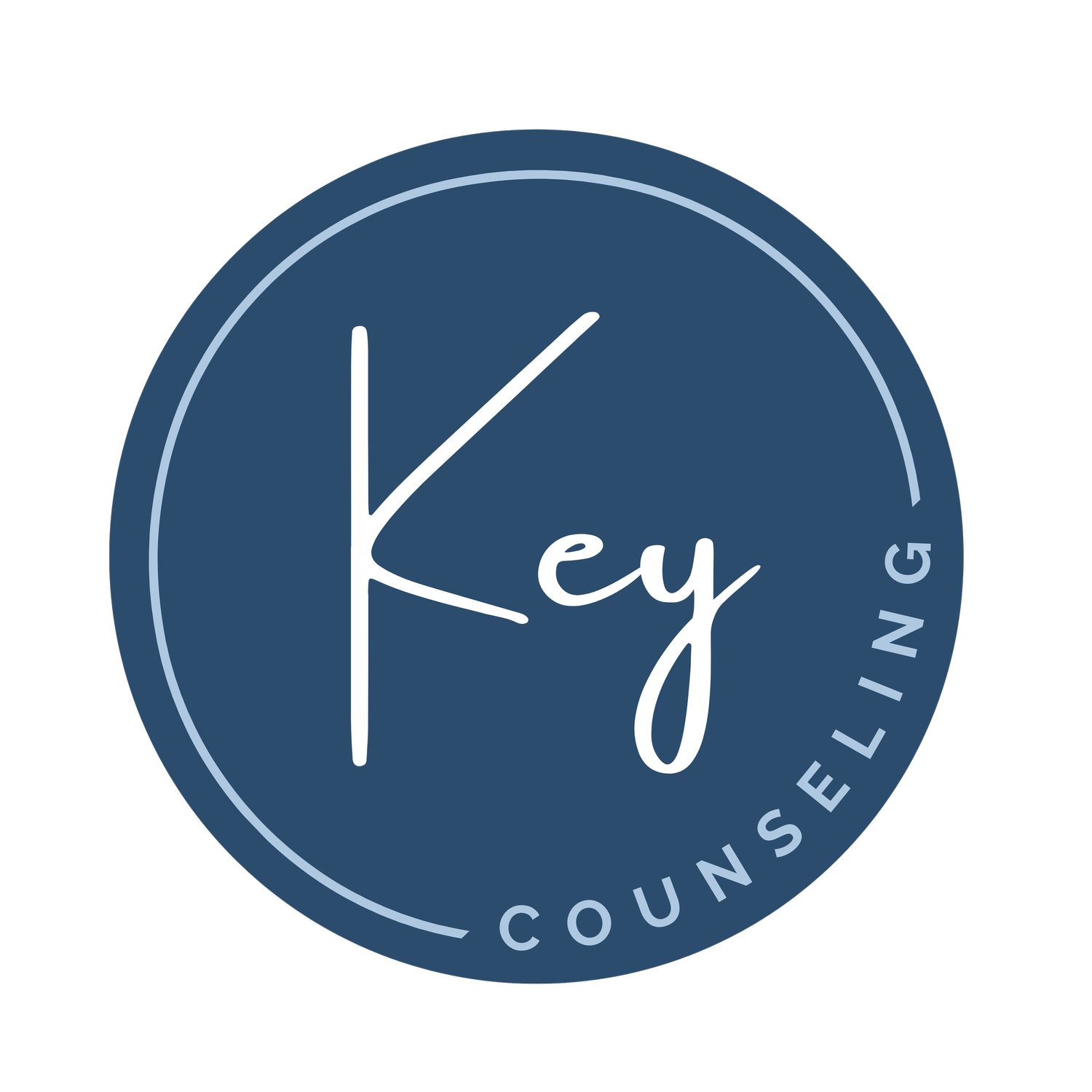Learning to Really Listen Before Trying to Problem-Solve in Your Relationships
In most relationships (romantic, familial, and platonic), communication is how we move from conflict to connection. Still, so many of us are guilty of skipping one crucial step in that process: truly listening to the other person.
We hear someone we care about express pain, frustration, or uncertainty, and our reflex is to jump in with a solution. “Have you tried this?” “Maybe you should just…” “Well, if it were me…” Our intentions are often good. We want to help. But when we prioritize solving the problem over understanding the person, we risk missing what they actually need from us.
Why We Default to Problem-Solving
Problem-solving is a natural response, especially if we’ve grown up in environments where emotions were dismissed or discomfort needed to be “fixed” quickly. Sometimes, jumping to fix a problem is also a way to manage our own discomfort. We may feel anxious or powerless hearing someone we love in pain, so we rush to control the situation by providing answers.
For many people, offering solutions feels like an act of love. It’s how we show we care. Unfortunately, this approach can unintentionally communicate that the other person’s feelings are inconvenient, irrational, or not worth sitting with.
The Difference Between Listening and Problem-Solving
Listening is about understanding. It’s staying with the speaker’s emotional experience without trying to change it or move past it. It’s making space for their thoughts and feelings, even if they’re uncomfortable or hard to hear.
Problem-solving, on the other hand, is about doing. It focuses on action, solutions, and next steps. While there’s certainly a time and place for that, it’s not usually the first thing someone needs when they’re feeling overwhelmed or vulnerable.
Think about a time when you felt really heard. Chances are, the person didn’t immediately offer advice or a fix. They most likely asked questions, made space for your emotions, and let you talk without interrupting. That experience can often be more healing than any advice you could receive.
How to Practice Real Listening
Pause before responding. When someone shares something vulnerable, resist the urge to immediately jump in. Take a breath. Ask yourself: “Do they need advice, or just someone to hear them right now?”
Reflect what you hear. Phrases like “It sounds like you’re feeling really overwhelmed” or “That must have been so frustrating” show that you’re tuning in to their experience.
Ask instead of assume. Try saying, “Do you want to talk it through, or are you just needing someone to listen?” Giving the other person a chance to clarify their needs builds trust and clarity.
Sit with discomfort. It’s okay if you don’t know what to say. Sometimes, your presence is more powerful than your words.
Validate their emotions. You don’t have to agree with someone’s perspective to acknowledge that their feelings are real.
When Advice Is Helpful
Of course, there are times when problem-solving is exactly what’s needed. But the key is to make sure it’s invited. If the person says, “What do you think I should do?” that’s your cue. It’s even still helpful to ask, “Do you want me to help you figure out some next steps, or just brainstorm with you for now?” When advice is given after someone feels seen and heard, it lands differently. It becomes a collaborative conversation rather than an unsolicited prescription.
Getting Help
If your relationship is suffering from a lack of communication, or if you find yourself struggling to listen to those around you, consider therapy. Both couples and individual therapy can be beneficial in these cases, and we can help. Reach out to us today to talk about your options—you might want to seek couples counseling with your partner to practice more active listening, or see us on your own to develop your personal communication skills.


